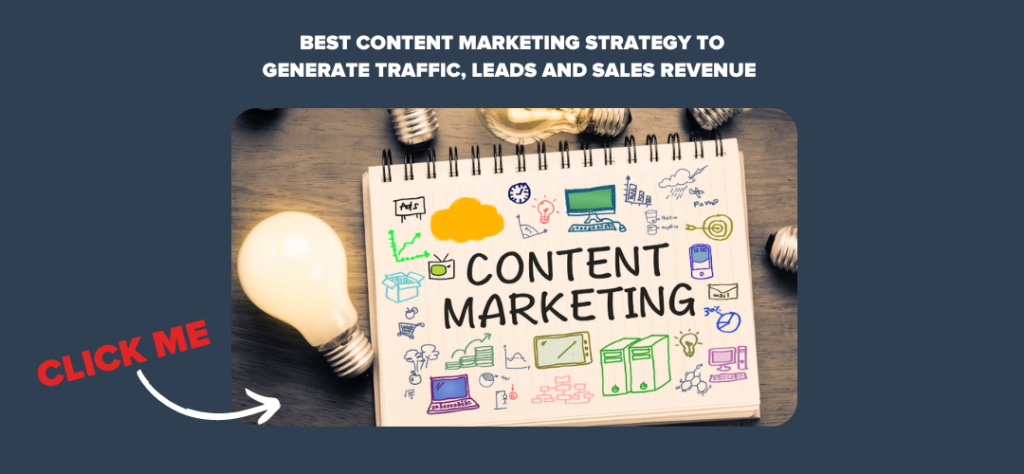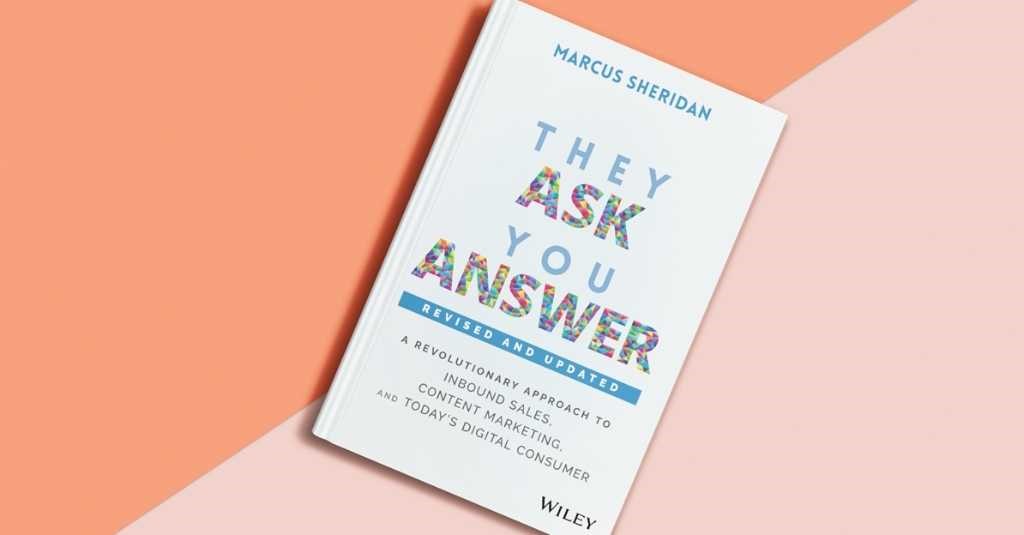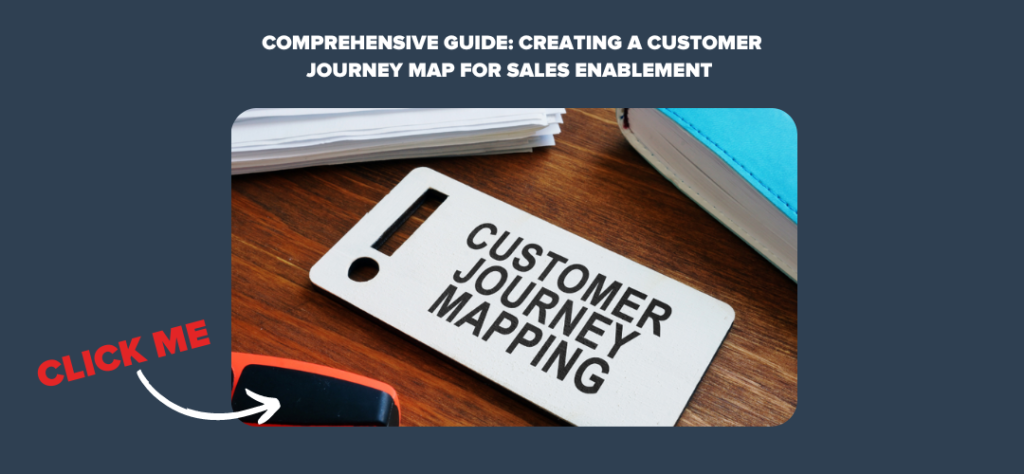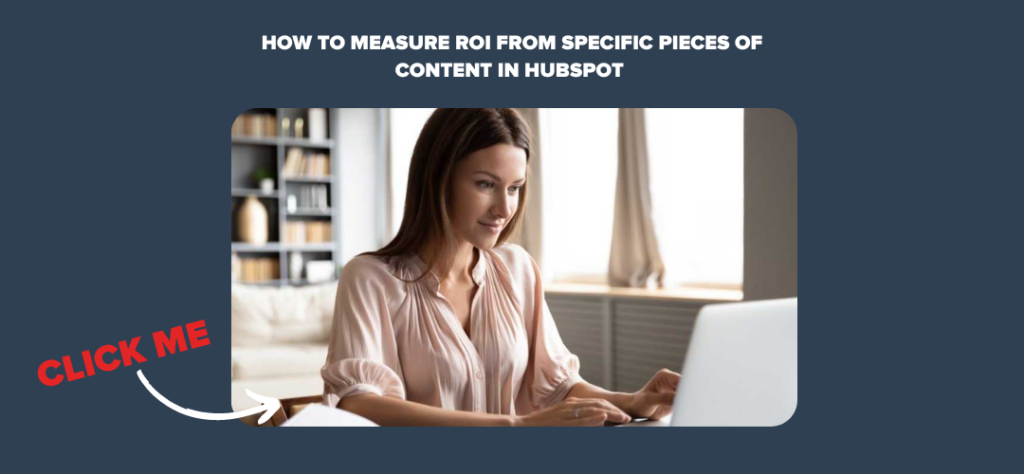Marketing funnels are essential for converting potential customers into buyers, but let’s face it—understanding and optimising each stage can be tricky. Whether you’re managing a B2B campaign or looking to refine your funnel marketing strategy, you’ve likely encountered obstacles. Perhaps leads are dropping off at the decision stage, or maybe your efforts in the awareness phase aren’t driving the right traffic.
Depending on your business model and audience, your funnel is going to be different. Each funnel model has its own strengths, and knowing how to build and optimise these stages is key to driving higher conversions.
In this article, you’ll not only learn about the different types of marketing funnel stages, but also how to fine-tune each one to generate more leads and close more deals.
What Is a Marketing Funnel?
At its core, a marketing funnel is a strategic model that guides potential customers through their journey from discovering your business to making a purchase.
The funnel metaphor is used because not everyone who enters at the top (awareness) will make it to the bottom (conversion). By understanding the stages of the funnel, you can better align your marketing efforts with the needs and behaviours of your audience at each step.

Traditionally, a marketing funnel describes the linear path a customer takes, starting with learning about your business and ending with making a purchase. However, this journey is often far from linear.
Customers interact with multiple touchpoints—social media, search engines, emails, and even offline channels—at different stages of the funnel. That’s why optimising each phase is essential, as a well-structured funnel ensures you meet your potential customers where they are and guide them smoothly toward a purchase decision.
The structure of your funnel can vary based on your business model and audience. The most common funnel model, AIDA (Awareness, Interest, Decision, Action), focuses on four key stages.
However, alternative models, such as the five stages of customer awareness, offer a more granular view of the customer’s mindset.
Whichever model you use, the goal remains the same: move potential buyers from learning about your business to becoming loyal customers.
Different Models of Marketing Funnels
When it comes to marketing funnels, there’s no one-size-fits-all approach. Different models provide different insights, and depending on your business goals and audience behaviour, one model may work better than another.
Let’s explore the most common frameworks used to structure a marketing funnel, starting with the traditional AIDA model and moving into more nuanced approaches like the five stages of customer awareness.
1. The AIDA Model

The AIDA model is one of the most well-known marketing funnels. It outlines four key stages that map the customer journey:
- Awareness: The stage where potential customers first learn about your brand, product, or service. The focus here is on building visibility through channels like social media, SEO, and advertising
- Interest: Once you’ve captured attention, you need to nurture that interest. This is where your content—blogs, webinars, and emails—comes in, educating the prospect and keeping them engaged
- Decision: At this point, the customer is evaluating their options. Your goal is to make the case for your product or service as the best solution. Case studies, testimonials, and tailored offers can be powerful tools here
- Action: This is the final step where the prospect takes the desired action, such as making a purchase or signing a contract
While the AIDA model is widely used, it’s often seen as too linear for today’s complex buyer journeys. That’s where alternative models like the five stages of customer awareness come into play.
2. The Five Stages of Customer Awareness
Developed by marketing expert Eugene Schwartz, the five stages of customer awareness take a more psychological approach by focusing on the buyer’s mindset:
- Unaware: This stage is where the buyer isn’t aware that they have a problem in the first place. In this part of the journey, it’s possible that the signs and symptoms of the problem have shown themselves but that the buyer has not yet noticed these. If this is the case, you can help buyers become aware of their problem by producing content that educates them around the signs and symptoms of problems they may have but be unaware of
- Problem Aware: The customer recognises they have a problem but doesn’t know how to solve it. At this point in the journey, buyers may search for things like: ‘Why is x happening?’, ‘How to stop x from happening?’, and ‘What is x?’ Focus on producing content that answers questions like these
- Solution Aware (aka exploring all categories): At this stage, the customer knows there are solutions but hasn’t yet chosen one. In this stage, you’ll want to produce content that compares different solutions and educates prospects on the different options available to them
- Product Aware (aka exploring one specific category): The customer is familiar with your product but is still evaluating options. In other words, they’re trying to make 100% sure that the service or product they’re thinking about purchasing is definitely right for them. In order to do this, they’re going to want to find out everything about the product or service, including the problems and drawbacks related to it. Producing content around the problems and drawbacks of your solution is one way you can go about targeting this stage of the journey
- Most Aware (aka exploring our solution): The customer is ready to buy, fully understanding the benefits of the product or service, but they’re trying to decide which brand to buy it from. Content that compares brands or that shows off your brand here can work well
Here’s an example of what content might look like under each of these stages:

This model is particularly useful for B2B marketing, where buyers tend to conduct more research and take a longer time to decide. The key to success here is understanding which stage your audience is in and tailoring your messaging accordingly.
3. Custom Funnels and Multichannel Approaches
In reality, your funnel doesn’t have to strictly follow a set model like AIDA or the five stages of awareness. Many successful funnels today combine elements of different models and utilise multiple channels to engage customers at various stages.
For example, in the awareness stage, you might combine social media ads, SEO-optimised blog content, and partnerships with influencers. In the interest stage, email nurturing campaigns could run alongside remarketing ads to keep your brand top of mind. The decision stage could involve targeted sales calls, personalised demos, and offers like free trials, while the action stage might include automated checkout processes or limited-time discounts. This is just one example of an approach you might take.

The point is that there is no one right answer, and often success can come from a multi-faceted approach.
By using a multichannel approach, your funnel becomes more dynamic, engaging prospects wherever they are—whether that’s searching for information on Google, scrolling through LinkedIn, or engaging with a product demo. T
The flexibility of this approach allows you to adapt your funnel to the specific behaviours and preferences of your target audience.
How to Build a Marketing Funnel

Building a marketing funnel is all about creating a structured pathway that leads potential customers from discovering your brand to taking a desired action, like making a purchase or booking a consultation.
Whether you’re starting from scratch or revamping an existing funnel, the steps below will help you craft a funnel that works for your business goals and audience.
1. Define Your Target Audience
Before you can build a successful funnel, you need a clear understanding of who your ideal customer is. This involves creating buyer personas that detail your target audience’s demographics, pain points, needs, and motivations. The more you know about your audience, the more effective your funnel will be at converting them.
Action Step: Start by researching your current customers and prospects. Use data from CRM systems, customer surveys, or website analytics to understand their behaviour and needs. Map out who they are and what stage of the buying journey they are likely to enter your funnel.
2. Map Out the Customer Journey
Once you know your audience, it’s time to map their customer journey. Think of each stage in the funnel as a mini-conversion where you move the prospect one step closer to taking the desired action.
Understanding the questions, needs, and challenges your audience faces at each stage will help you design content and offers that meet them where they are.
Read: Comprehensive Guide: Creating a Customer Journey Map for Sales Enablement
Action Steps:
- Identify the key touchpoints in your customer journey, from first contact to final purchase. What content do they need to see in the awareness stage? What objections might they have in the decision stage? Mapping this out will help you create a funnel that addresses each step in the process. Using the five stage customer awareness model for this can be particularly useful
- Create a Customer Journey Map
Here’s what a completed Customer Journey Map looks like for reference:

To view this image in full size see here.
3. Select Your Channels and Tactics
Your funnel will likely involve multiple channels, from paid ads and social media to email marketing and SEO-driven content.
The channels you choose will depend on where your audience spends their time and what stage of the funnel you’re focusing on. For example, blog content and SEO may be great for driving awareness, while email nurturing may work well for keeping leads engaged during the decision stage.
Note that as you build out your funnel, users may experience any channel at any stage of the funnel. For example, someone who is close to purchasing may see a top of funnel YouTube video that your business releases, even though this is meant for the awareness stage. The key is focusing on building content out on different channels that speak to every stage of the buyer’s journey.
4. Implement Tracking and Optimisation Tools
A successful marketing funnel is one you can track, measure, and optimise. Tools like Google Analytics, CRM systems, and marketing automation software allow you to monitor how leads are progressing through the funnel.
You also should be measuring the ROI of different content pieces to understand what content is bringing in revenue in your business.
Read: How To Measure ROI From Specific Pieces of Content In HubSpot
For example, we were able to see that webinars brought in over $40,000 in revenue, so we continued to use webinars to close more deals. The image below shows the revenue generated from different content pieces that we created:

When you understand what content is working and what isn’t you can start to optimise your funnel to generate more revenue.
Action Step: Set up tracking systems for every stage of the funnel. Use tools like Google Analytics to monitor traffic and conversion sources. Track metrics such as click-through rates (CTR), lead generation, and customer acquisition cost (CAC) to measure funnel success.
5. Continuously Test and Optimise
No funnel is perfect from the start. The most effective funnels are continually tested and refined. Whether it’s tweaking the copy on a landing page, adjusting your targeting criteria for ads, or experimenting with different email subject lines, optimising each stage will help you improve your funnel’s performance over time.
Action Step: Use A/B testing to try out different variations of content, calls to action, and targeting strategies. Make data-driven decisions to refine each element of your funnel and improve conversions.
Funnel Marketing Strategy for B2B Businesses
The B2B marketing funnel differs from B2C in a number of key ways. B2B buyers typically have longer sales cycles, involve multiple decision-makers, and require a higher degree of trust before committing to a purchase.
As a result, your funnel marketing strategy needs to be tailored to these specific characteristics to engage potential clients and move them through the buying process effectively.
Below are strategies you can apply to optimise your funnel for B2B businesses, ensuring you cater to the unique needs of your target audience.
1. Address the Complexity of B2B Sales Cycles
B2B buyers often require more time and information before making a decision. The buying process can span weeks or even months, with multiple stakeholders needing to approve a purchase. Therefore, your funnel should provide consistent value and maintain engagement across a longer period.
- Key Strategy: Lead Nurturing Across the Funnel
- Use email automation, remarketing campaigns, and personalised content to keep your leads engaged over time. Focus on delivering value with each interaction, offering new insights, solutions, and updates that help them along their journey
- Create content that speaks to different stakeholders—technical decision-makers may need detailed product specs, while financial decision-makers want to see ROI projections
- Pro Tip: Use lead scoring to identify which prospects are highly engaged and ready for more direct outreach, such as a demo or consultation.
2. Leverage Account-Based Marketing (ABM)
Account-Based Marketing is a highly targeted approach where you focus your marketing efforts on a set of high-value accounts rather than casting a wide net.
This strategy allows you to tailor your messaging and content for the specific needs of each account, making it highly effective in B2B settings.
Key Strategy: Personalised Messaging and Outreach: Develop personalised marketing campaigns for key accounts, using content that speaks directly to their pain points and needs. This could include custom case studies, targeted email sequences, or industry-specific webinars
3. Align Sales and Marketing Teams
For a B2B funnel to work smoothly, alignment between your sales and marketing teams is essential. The two departments should collaborate on defining what constitutes a “qualified lead,” ensuring that leads passed to sales are ready to move forward in the decision-making process.
- Key Strategy: Sales-Enabled Content
- Create content that your sales team can use during conversations with leads. For example, blog content that answers the most common questions that come up in sales calls can shorten the sales cycle and improve closing rates. By providing your sales team with the right materials, you can empower them to address common objections and close deals faster
- Regular meetings between sales and marketing teams should be scheduled to discuss lead quality, conversion metrics, and feedback on the funnel’s performance
- Pro Tip: Form a Revenue Team to Truly Align Marketing & Sales
4. Offer Value at Every Stage
In B2B, decision-makers are more likely to engage with your business if they see value in every stage of the funnel.
It’s important to provide insightful, high-quality content that educates them and answers their biggest questions.
- Key Strategy: Educational Content
- Use educational content, such as how-to guides, industry reports, and webinars, to help potential buyers understand their problem and see the value of solving it with your product or service
- Offer free resources, such as templates or calculators, that provide immediate value to your leads and build trust in your brand
- Pro Tip: Position your business as a thought leader in your industry by regularly publishing authoritative content that answers their biggest questions, doubts, concerns, and fears
In B2B marketing, having a solid funnel strategy is about more than just guiding leads toward conversion—it’s about building long-term relationships with decision-makers. And the true key to doing this is building value at each stage of the funnel.
Common Mistakes and How to Avoid Them
Even the most well-planned marketing funnels can run into problems if certain pitfalls aren’t avoided.
These common mistakes can lead to wasted effort, poor lead quality, and a drop in conversions.
Here’s a breakdown of typical missteps in funnel marketing, along with strategies to avoid them.
1. Focusing Too Much on Traffic and Not Enough on Quality
Attracting a high volume of traffic may seem like a good thing, but if those visitors aren’t relevant or likely to convert, it’s a waste of time and resources.
Many marketers fall into the trap of focusing on quantity rather than quality when it comes to lead generation.
- How to Avoid: Focus on attracting qualified leads—those who are genuinely interested in your product or service. Use targeted keywords, audience segmentation, and clear messaging to ensure your funnel is bringing in prospects who match your ideal customer profile. Always prioritise relevance over volume to get better results from your marketing efforts
- Pro Tip: Regularly audit your traffic sources and channels. If certain channels are driving low-quality leads, consider reallocating resources to more effective strategies like ABM or niche content marketing
Read: How to Improve Lead Quality from Your Paid Media Efforts
2. Neglecting Lead Nurturing After Initial Engagement
Once a lead enters your funnel, it’s easy to get caught up in generating new leads rather than nurturing the ones you already have. But if you don’t nurture these leads effectively, they may lose interest or forget about your brand altogether.
How to Avoid: Build a robust lead nurturing strategy that keeps prospects engaged from the moment they enter your funnel until they are ready to make a decision. This can include email drip campaigns, targeted content offers, and retargeting ads. The key is consistent follow-up that provides value at each touchpoint without overwhelming the lead
3. Ignoring the Importance of the Decision Stage
Many businesses invest heavily in awareness and interest-building tactics but don’t put enough effort into optimising the decision stage.
As a result, leads get stuck in the funnel, unsure of what action to take or why they should choose your product over others.
- How to Avoid: Make the decision stage a priority by providing clear, compelling reasons for prospects to choose your solution. Offer demos, case studies, testimonials, or ROI calculators that help them confidently move from consideration to action. If you don’t address potential objections here, your leads may go elsewhere
- Pro Tip: Identify and address the most common objections your sales team hears. Use content like FAQs or side-by-side comparisons to overcome those objections early in the decision process
4. Overcomplicating the Conversion Process
When a prospect is ready to convert, the last thing you want is to lose them due to a cumbersome checkout or signup process. Overly complex forms, unclear instructions, or multiple steps can cause frustration and lead to abandonment at the final stage.
- How to Avoid: Simplify the conversion process as much as possible. Minimise the number of steps required, reduce form fields, and ensure that payment or sign-up options are easy to navigate. Make it clear what action prospects need to take, and provide reassurance through testimonials, secure payment badges, or live chat support
- Pro Tip: Continuously monitor your conversion pages for drop-offs. Use tools like heatmaps or A/B testing to see where prospects are getting stuck and adjust accordingly
5. Failing to Align Sales and Marketing Efforts
A disconnect between marketing and sales teams is one of the most common issues businesses face when managing a marketing funnel.
Leads passed from marketing to sales may be unqualified, or sales may not be aware of the nurturing efforts that have taken place, leading to missed opportunities.
- How to Avoid: Ensure alignment between marketing and sales by defining clear criteria for what constitutes a sales-qualified lead (SQL) versus a marketing-qualified lead (MQL). Regularly communicate between teams to ensure everyone is on the same page. Both teams should have access to the same data and be aware of the lead’s journey through the funnel
- Pro Tip: Consider formulating a Revenue Team, which you can learn how to do here
Avoiding these common mistakes will help you build a more efficient, effective marketing funnel.
So, What’s Next?
Building and optimising a marketing funnel is essential to driving conversions.
By understanding the different models of marketing funnels, such as AIDA and the five stages of customer awareness, you can tailor your approach to suit your audience’s needs and buying behaviours. Whether you’re using a simple funnel or a more complex, multichannel strategy, the key is to continuously test, track, and refine your efforts to improve results.
Now that you have a roadmap for building and refining your marketing funnel, it’s time to put these strategies into action. Whether you’re starting from scratch or looking to optimise an existing funnel, the tips and insights shared here will help you create a powerful funnel marketing strategy that drives sustainable business growth.
Next, learn about the best Content Marketing Strategy you can implement to generate more traffic, leads, and sales.
Read: Best Content Marketing Strategy to Generate Traffic, Leads and Sales Revenue
















